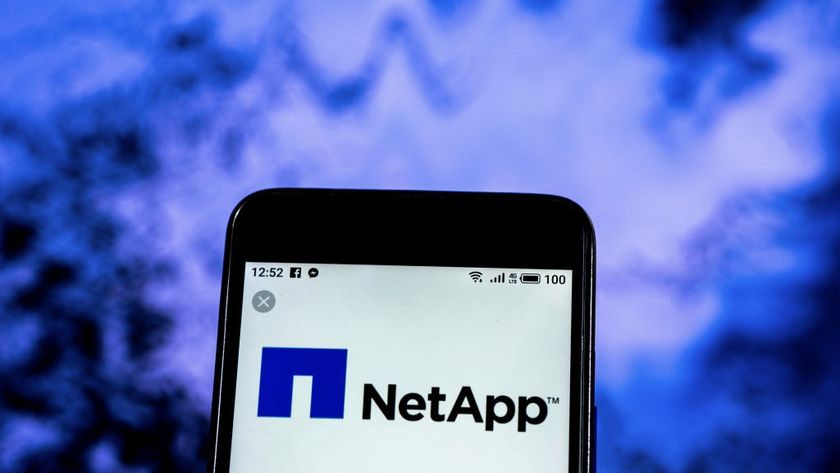Storing the virtual world
Storage virtualisation has become another major piece of the virtual infrastructure – and iSCSI appliances look set to dominate this market.
A peer-to-peer network of storage servers also means faster access to your data. Distributed indexes mean that requests can be handed off to the server with lowest load, while data is delivered from the fastest location. Once data has been written to a disk, it can then be replicated across the rest of the storage array without affecting other operations. The key is managing and sharing indexes, and various approaches are available.
One option gives every storage controller the entire index, while another shares it across the network in a similar manner to Skype, where each server knows where its data is, along with a list of other indexes and instructions on how to query them. If the requested data isn't on the current server, the request is passed around the network until it can be fulfilled.
The appliance-based approach to virtualised storage makes a lot of sense. Microsoft is using it for its Home Server product, where storage has been turned into a box that plugs into a network, and then manages its own storage array, along with any additional attached storage devices.
Management is kept to a minimum with the server software handling replication, security and recovery. The same model scales up to enterprise storage, and lets you apply content-based storage rules reducing risk by keeping more copies of important data than temporary files. Data classification is key here, and will need to be linked to any regulatory requirements.
LeftHand offers a starter storage appliance for small businesses, which uses a VMware virtual machine to host a storage controller. There's no need to buy dedicated servers, and you can use it to handle up to 4TB of storage. While the storage capacity may be on par with a NAS, you gain iSCSI access and the ability to address your storage pool in any way you want.
Virtual futures
Consolidation is the key to any future data centre, and virtualisation is the answer to many of the questions around just how we can bring several sites into one.
Get the ITPro. daily newsletter
Sign up today and you will receive a free copy of our Focus Report 2025 - the leading guidance on AI, cybersecurity and other IT challenges as per 700+ senior executives
Storage virtualisation lets businesses deliver on the promise of virtual infrastructures, simplifying disaster recovery, system management, and data retention at the same time as increasing uptimes and reducing the risks of an unplanned outage.
With the latest iSCSI-based solutions, scalable commodity storage can be deployed alongside commodity servers, letting you manage hardware as cheaply as software, and keeping expansion costs to a minimum.
Well-designed and well-implemented virtual storage is an important factor in managing an effective virtual infrastructure. The latest generation of tools and technologies go a long way to offering the level of management and control that's needed though integration with standard management tools is still minimal.
It's worth persevering. Open APIs and commodity hardware mean that it's getting easier to use your standard management platform to control a virtual infrastructure, from servers to storage.

















